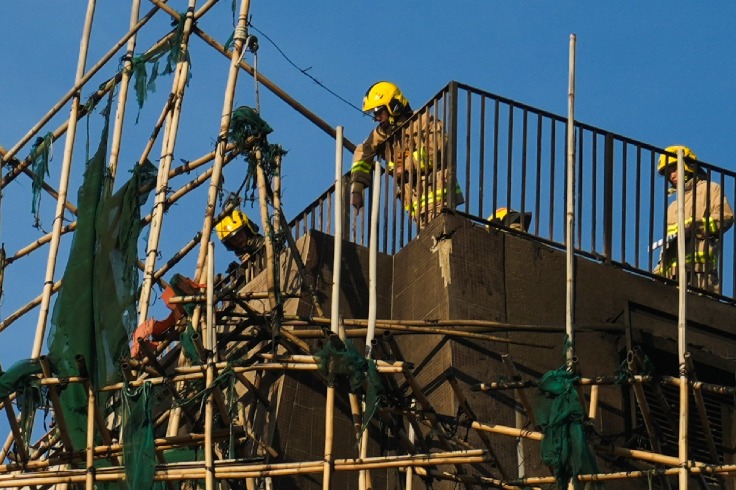Keeping pace with application of AI to defense sector


Russia, according to media reports, may establish a unit of robot soldiers by 2025, outlining a vision of artificial intelligence-driven warfare in the future. The application of AI has been a focus of Russia's military modernization. Way back in 2017, at a meeting with students in Yaroslavl, Russian President Vladimir Putin said artificial intelligence is "not only the future of Russia but that of all mankind" as well, adding that, "there are colossal opportunities and threats that are difficult to predict now".
Russia reportedly plans to devise a framework for the military unit of robots in 2020, and complete the scientific research, design and tests, and put robotic combat units into service in 2025.
Russian military and research organizations have set sights on making robots able to independently participate in combat missions. In recent years, Russia has tested robotic machines in real battlefields, especially in Syria. It has also tested armaments such as the Platform-M, a remote-controlled robotic unit on a crawler, armed with grenade launchers and Kalashnikov rifles, and Uran-9 unmanned combat ground vehicles, making good progress in military robotics. The other big developments include autonomous vehicles, joint human-robot units, and command systems for multiple robotic operations.
The United States, a military superpower, foresaw the growing application of cutting-edge technology, including AI, to warfare. Washington's Third Offset Strategy, which seeks to outmaneuver adversaries primarily through using technology, is aimed at ensuring the US remains the biggest player in using AI in warfare and pursuing next-generation technology to boost its military advantage in relation to other countries.
The US has conducted a series of research and development programs for AI military personnel, robots and autonomous equipment and unmanned warfare-in other words, an intelligent combat system. Unmanned ground vehicles, the shape-shifting robot ChemBot, and the quadruped robot BigDog have already brought science fiction to life.
On Feb 12, the US outlined its first AI strategy, including establishing a Joint Artificial Intelligence Center. With the development of technology, an increasing number of robotic and other AI armaments will make their way to and become a leading feature on the battlefield in the future. There could be unmanned armored units, unmanned fleets, special robotic units, space robotic units and unmanned combined forces.
In the process, should weak AI eventually develop into strong AI, the competition in AI technology will further intensify tensions among countries.
Besides, the increasing application of AI to defense systems and combat platforms can cause changes in various warfare elements both in combat and command, while combat ideas will continue to change thanks to technologies such as the "distributed killing" system and the "combat cloud". And defeating the enemy will rely more on intelligent technology advantage and the capability to paralyze the enemy's operations instead of gaining information advantage and the ability to attack and annihilate enemy personnel.
Given such earthshaking developments, China has been making great efforts to expedite its high-tech military development, and it will work to apply intelligent technology to not only armaments but also to military theories.
The authors are researchers at the National Defense University of the People's Liberation Army. The views don't necessarily represent those of China Daily.
































